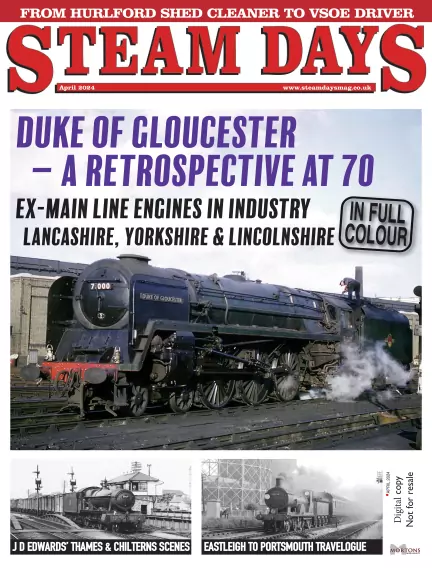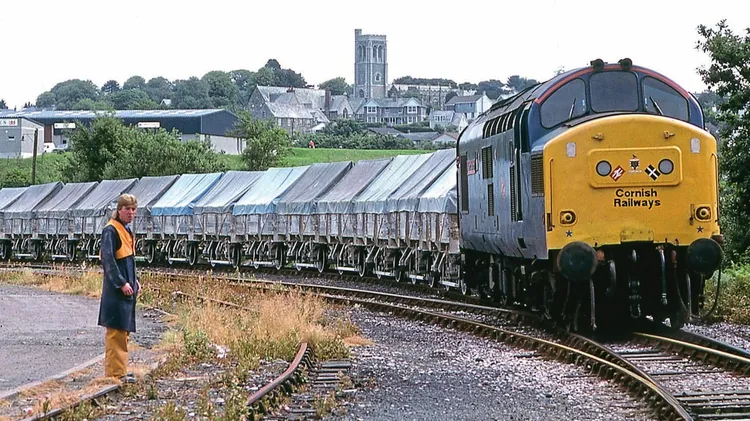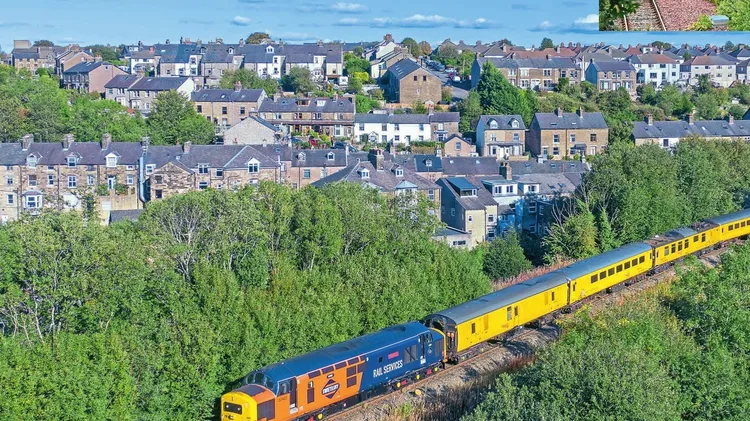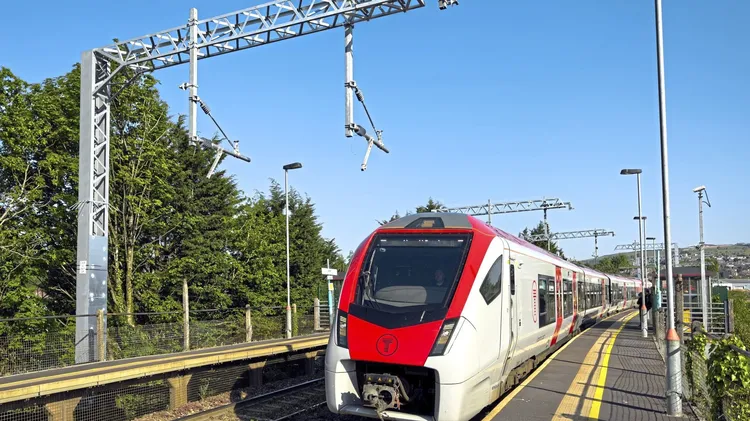Douglas McNaught delves into the rem
From hurlford shed cleaner to ‘orient express’ driver
36 min read
This article is from...
Read this article and 8000+ more magazines and newspapers on Readly






